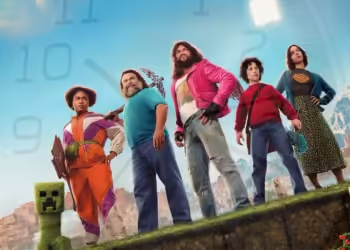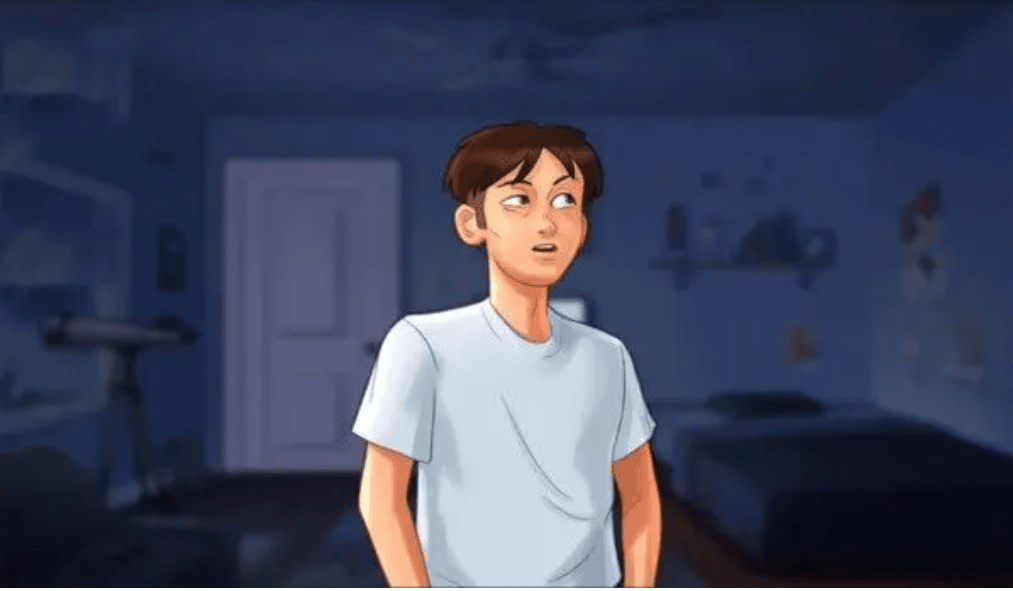The recent redesign of League of Legends’ latest champion, Smolder, just days after his initial reveal, highlights the dynamic interaction between game developers and their community. Riot Games’ quick response to fan feedback mirrors a growing trend in the gaming industry, where player input significantly influences game development.
Smolder, introduced as the Firey Fledgling, was initially presented on January 4. Designed as an adorable Attack Damage Carry (ADC) intended to be both fun and accessible for players, Smolder’s small dragon character strayed a bit too far towards the cute spectrum. Fans quickly voiced concerns about Smolder’s human-like facial features, noting the stark difference from other dragons in the League of Legends (LoL) universe, such as Dragon Trainer Tristana’s companion Riggle. This design was said to create an uncanny valley effect, reminiscent of the initial backlash to Sonic’s live-action movie design.
Here are the tweaks for splash! Thanks Smolder Pod and @RiotMoon_ @rudy_crut for all of the last min fixes, touchups and glowups 🥰 pic.twitter.com/ngsiKYTHPx
— Riot Lexical (Lexi Gao) (@neolexical) January 9, 2024
The criticism primarily centered around Smolder’s face, which fans felt was uncomfortably human and inconsistent with the traditional draconic aesthetics of scales and pointed snouts seen in previous LoL dragon characters. The feedback was so strong and immediate that it spurred fan artists to create and share their own interpretations of Smolder with more dragon-like features.
Hey Guys! We heard your feedback on Smolder's face and are making some adjustment to highlight his dragon features. Thank you so much for Gem, @O0_Y_0O and @White_Leyth for making this happen! The splash team is working on some adjustments too! pic.twitter.com/6CWfVYwQjY
— Riot Lexical (Lexi Gao) (@neolexical) January 5, 2024
Riot Games, acknowledging the feedback, acted swiftly. Riot Lexical, a product manager at Riot Games, announced a redesign of Smolder’s facial features. This update included adding more scales, texture, and hard lines, and altering the shape of Smolder’s eyes to accentuate his dragon heritage. Although these changes were purely textural and did not involve altering the model itself, they significantly improved the character’s appearance, addressing the uncanny valley effect that fans had pointed out.
This quick turnaround in response to community feedback is a testament to Riot Games’ commitment to its player base and the importance of community engagement in modern game development. It also demonstrates how closely developers and players can work together to shape a game, a trend increasingly prevalent in the gaming industry.
Smolder is now set to make his debut in Summoner’s Rift with the upcoming Patch 14.3, scheduled for release on February 7. This incident serves as a compelling example of how player feedback can lead to rapid changes in game design, ensuring that the final product aligns more closely with community expectations and preferences.
The Review
Smolder
PROS
- Improved Balance: Redesigns often aim to balance champions, making them neither too weak nor overpoweringly strong, which enhances overall gameplay fairness.
- Fresh Gameplay Experience: A redesigned champion can offer a fresh experience for players, potentially revitalizing interest in both the champion and the game.
- Fixes and Improvements: Redesign can address previous issues or bugs with the champion, improving their mechanics and usability.
- Adaptation to Player Feedback: Redesigns often take into account player feedback, making the champion more aligned with what players enjoy or expect.
- Visual and Thematic Upgrades: Along with gameplay changes, redesigns can include visual and thematic enhancements, making the champion more appealing and immersive.
CONS
- Player Adjustment Period: Existing players may need time to adjust to the changes, which can be frustrating for those who have already mastered the champion.
- Potential Loss of Identity: Significant changes can make the champion feel different, potentially alienating players who liked the original design.























